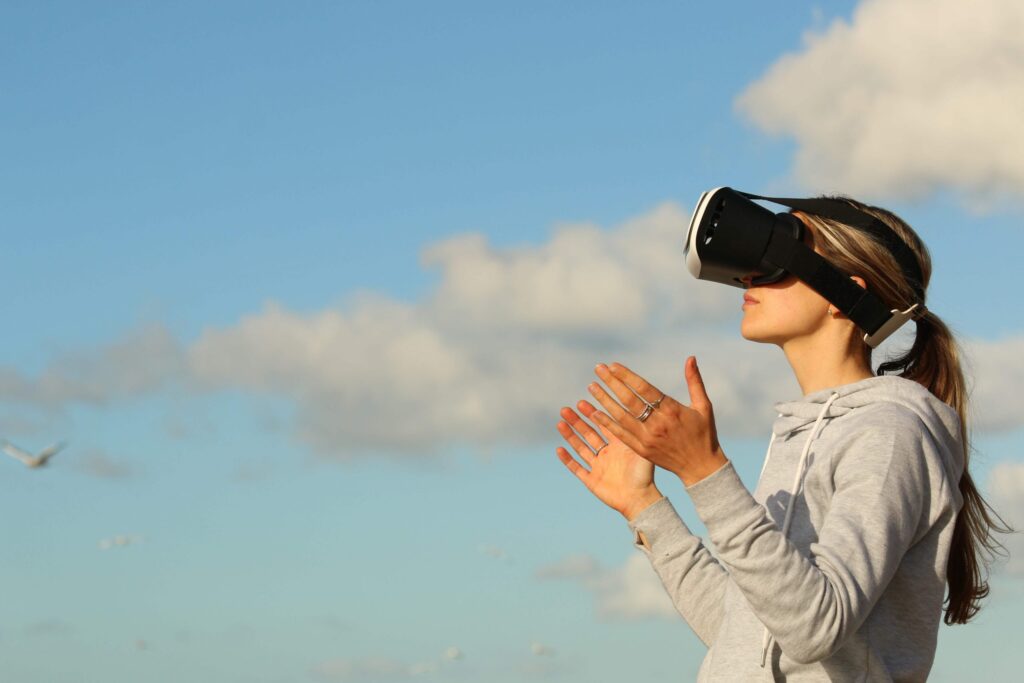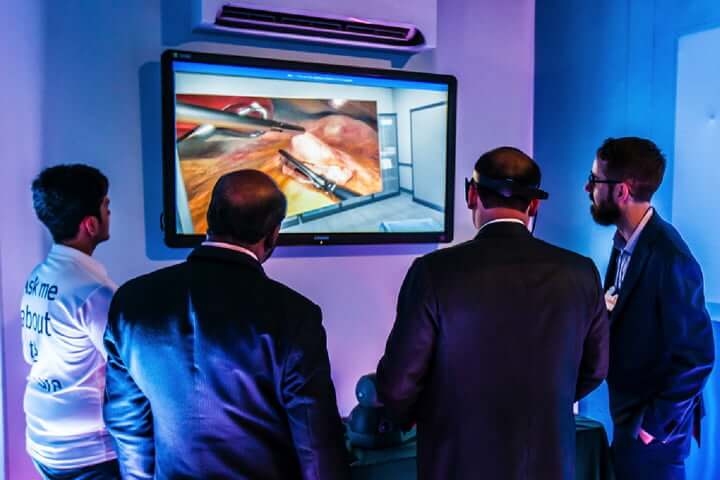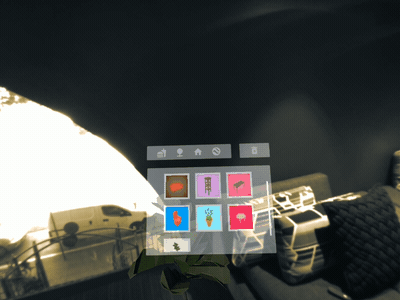
Virtual reality is literally a world in digital form that we experience as another reality. Meaning, you can plug into the provided software and hardware, whether it’s a video game or fake surgery. Like most futuristic technology taking shape today, VR involves multiple industries while changing the technological landscape.
The future is now
“Ready Player One” (best selling novel by Ernest Cline and 2018 movie) shows a bleak future. In the 2040s, climate change, a lack of fossil fuels, overpopulation, and more has changed the world for the worse. Meanwhile, virtual reality has become a common escape for most people. The landscape of “Ready Player One” isn’t that far off. We’re only twenty-some years away from the 2040s. Neither the technology nor the dystopic backdrop are fantasy anymore and you need to know about it.
You can experience VR mostly visually in a 3D space, controlling environments beyond our natural control. It’s both fantastical and real with varied applications and experiences.
Ready Player One: The Movie
The virtual world has long been fictionalized in literature and film, but only recently has it become reality. Ready Player One was a box office success and perhaps one of the more imaginable circumstances. The plot doesn’t delve into all aspects of VR, but it brings up a variety of relevant commentaries. Despite the fun and science, there are very real consequences that will exist in the real world. The interface of human interaction might change, but the need for connecting doesn’t. Virtual reality can be an escape, but it won’t replace your reality, which is why you should familiarize yourself.
Is it important to know about VR?
Like any other new piece of tech, VR is You don’t have to know the specifics of the software and hardware to understand what VR means for the future. The medical industry is usually one of the frontrunners when it comes to exploring new technology. VR surgery is already starting to train surgeons with range of procedures.
 We’re already seeing modified reality that shows us how much rain and flood waters will rise before a hurricane and before long, we’ll probably start to see more altered reality. VR (and other forms of digital reality) can be used by the public as of now, mostly for leisure experiences (with a hefty price tag). But this means we’re not far from widespread use (and maybe a world like Ready Player One). Some benefits are clear to everyone, but others less so. You already know how machine learning works with data and it’s no different with VR. VR data can be just as important for machine learning and AI (and we know how much potential these fields have).
We’re already seeing modified reality that shows us how much rain and flood waters will rise before a hurricane and before long, we’ll probably start to see more altered reality. VR (and other forms of digital reality) can be used by the public as of now, mostly for leisure experiences (with a hefty price tag). But this means we’re not far from widespread use (and maybe a world like Ready Player One). Some benefits are clear to everyone, but others less so. You already know how machine learning works with data and it’s no different with VR. VR data can be just as important for machine learning and AI (and we know how much potential these fields have).
What’s it worth?
Most of us aren’t plugging into a global treasure hunt via virtual reality, but we are plugging into something. The cultural impact of the digital world (thanks internet) already has us disconnecting from real-life sites, apps, and more worth billions. VR is easily changing the entertainment, advertising, medical, science industries, and more, meaning it’s already worth something. It’s worth potential millions (if applied successfully) in obvious markets, and there’s no predicting the profitability in areas not yet explored. Who knows what and how else VR will redesign. You never know, you might be logging into VR very soon.

